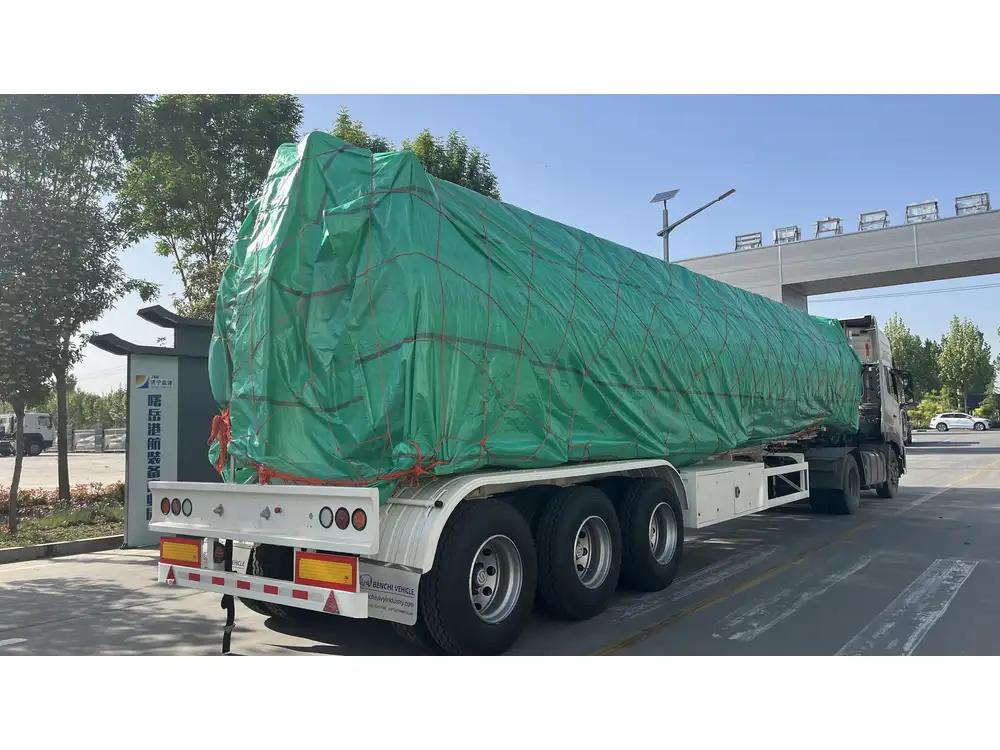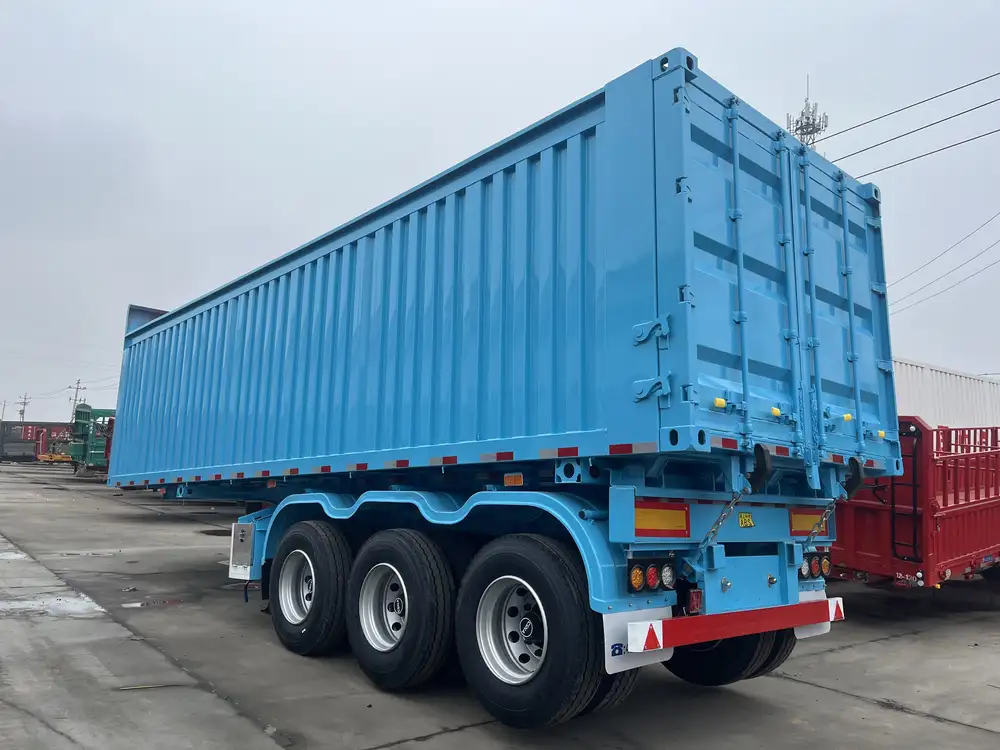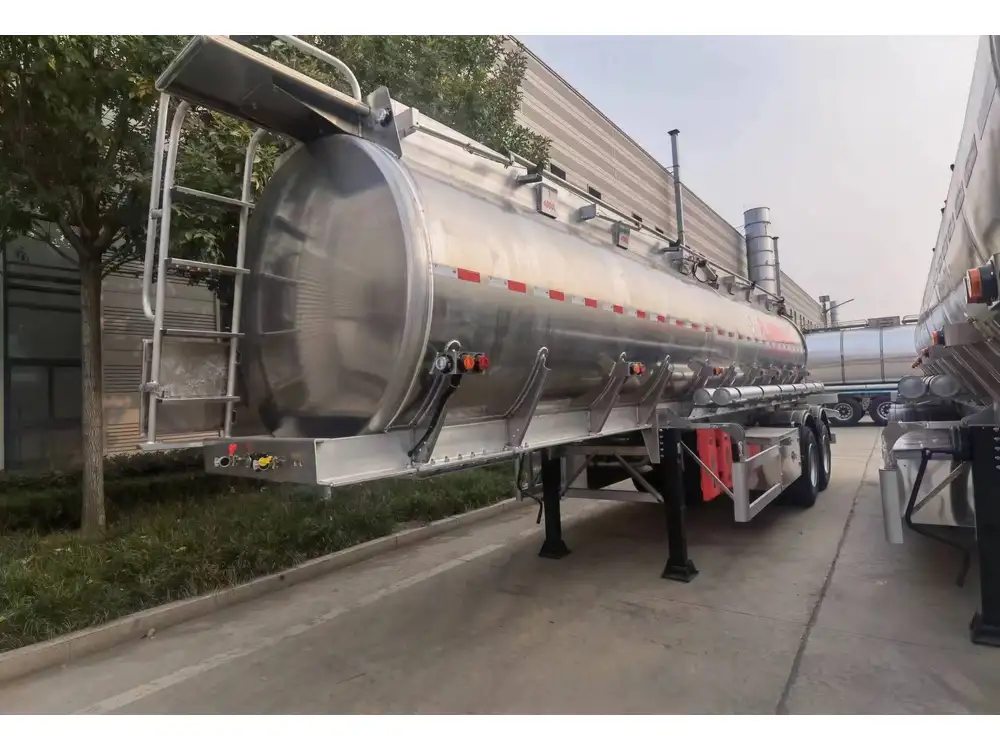Flatbed trailers have become indispensable in the trucking industry, providing versatility and efficiency for transporting various goods. Whether you’re a seasoned fleet manager or an independent contractor, understanding the costs associated with flatbed trailers is crucial. In this article, we will explore various factors affecting flatbed trailer prices, the types available in the market, features to consider, and tips to make informed purchasing decisions.
Understanding Flatbed Trailers
Flatbed trailers are designed with a completely flat surface and no sides, which allows for the easy loading and unloading of cargo. They’re renowned for their adaptability, making them suitable for transporting large items—ranging from construction materials to oversized machinery. However, the question of “How much is a flatbed trailer for a truck?” isn’t straightforward, as several factors influence their prices.
Types of Flatbed Trailers

1. Standard Flatbed Trailers
- Description: The most common type, these trailers come with a flat platform with no sides.
- Typical Price Range: $2,000 – $10,000
2. Drop Deck Flatbed Trailers (Step Decks)
- Description: These trailers feature a lower deck height, allowing for taller loads without exceeding height restrictions.
- Typical Price Range: $3,000 – $15,000
3. Double Drop Trailers
- Description: Primarily designed for oversized cargo, featuring multiple deck heights.
- Typical Price Range: $5,000 – $25,000

4. Specialized Flatbed Trailers
- Description: These can include equipment-specific trailers such as lowboys, which are designed to transport heavy machinery.
- Typical Price Range: $10,000 – $50,000+
Key Factors Affecting Pricing
Flatbed trailer prices fluctuate based on several crucial factors:
| Factor | Description |
|---|---|
| Material | Aluminum trailers are typically lighter and more expensive than steel options. |
| Size | Standard sizes range from 20 to 53 feet; larger sizes increase costs significantly. |
| Weight Capacity | Higher weight limits usually lead to a higher price due to added structural integrity. |
| Custom Features | Features like ramps, side rails, and toolboxes can increase the price considerably. |
| Brand and Quality | Established brands with proven reliability may have premium pricing. |
| Location | Market demand and shipping costs in different regions can influence price. |
Comparative Analysis of Flatbed Trailer Prices
When evaluating options, it’s essential to compare prices based on looks and performance metrics. Below is a comparative table outlining the advantages and anticipated pricing for different types of flatbed trailers.
| Trailer Type | Advantages | Estimated Pricing |
|---|---|---|
| Standard Flatbed | Wide usability, easy loading/unloading | $2,000 – $10,000 |
| Drop Deck Flatbed | Lower cargo height, suitable for taller loads | $3,000 – $15,000 |
| Double Drop | Exceptional for oversized loads, enhances stability | $5,000 – $25,000 |
| Specialized Trailers | Designed for specific heavy hauls | $10,000 – $50,000+ |

Key Features to Consider When Buying Flatbed Trailers
Understanding the various features available can help streamline your purchase process. Here are some pivotal features that can impact price and utility.
1. Construction and Durability
- Frame Material & Design: Choose between steel, aluminum, or composite materials based on your needs.
- Reinforcement: Reinforced frames can increase load capacity but also add to the cost.
2. Size and Dimensions
- Length: Longer trailers can transport more items but consider compatibility with your truck.
- Deck Height: Ensure you select a height that suits your loading needs, especially for tall goods.

3. Loading and Unloading Features
- Ramps: Look for quality ramps that facilitate easier loading.
- Winches: Integrated winches can assist in securing and moving load positions.
4. Tire and Axle Specifications
- Tire Capacity: Check for quality tires that balance load-bearing capacity and durability.
- Axle Configurations: More axles generally allow for higher weight capacities but increase initial costs.
5. Safety Features
- Lighting and Reflectors: Essential for night operations or adverse weather visibility.
- Load Securing Devices: Integrated tie-downs or ratchets are crucial to prevent cargo slippage.

Pros and Cons of Flatbed Trailers
Selecting a flatbed trailer can present various benefits alongside some potential drawbacks. Understanding these can aid in making an informed decision.
| Pros | Cons |
|---|---|
| Versatile for various types of cargo | Exposure to elements can damage some goods |
| Easy loading/unloading capabilities | Requires additional load securing |
| Available in multiple configurations | Potentially higher maintenance costs |
| Enhanced maneuverability in tight spaces | May require specialized training for operation |
Cost-Saving Strategies
While flatbed trailers can represent a significant investment, there are ways to minimize costs:
- Purchase Used Trailers: Many businesses sell well-maintained used trailers at a fraction of the price.
- Financing Options: Explore financing solutions tailored specifically for commercial vehicles.
- Bulk Purchase Negotiations: If you’re adding to a fleet, negotiating bulk purchase deals can yield lower prices.
- Regular Maintenance: Invest in regular maintenance to avoid costly repairs in the long run.
Frequently Asked Questions (FAQs)
1. What is the average price for a flatbed trailer? Prices can range broadly from $2,000 for basic models to upwards of $50,000 for specialized trailers.
2. Are there financing options available for flatbed trailers? Yes, many financing companies specialize in trailers and heavy equipment loans. It’s advisable to shop around for competitive rates.
3. How do I ensure I am purchasing the right flatbed trailer for my needs? Assess your cargo types, expected weight limits, and typical routes to select the most suitable trailer specifications.
4. What maintenance does a flatbed trailer require? Regular tire checks, lighting inspections, and frame assessments will help maintain safety and longevity.
5. Is it better to buy or lease a flatbed trailer? It depends on your business model. If you have consistent loads requiring flatbeds, purchasing may be more cost-effective. Leasing may suit less frequent needs.

Conclusion
Understanding how much a flatbed trailer for a truck costs involves more than just numbers; it encompasses an array of factors, including types, materials, features, and operational needs. By conducting thorough research, employing strategic purchasing methods, and applying proper maintenance, your investment in a flatbed trailer can be both fruitful and sustainable. The versatility and functionality that flatbed trailers bring to the table make them a critical asset within any trucking operation. Explore the available options and make your decision based on your specific requirements to maximize efficiency and profitability in your endeavors.



